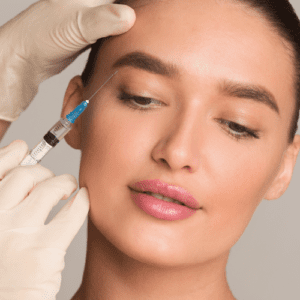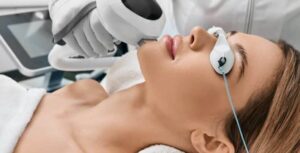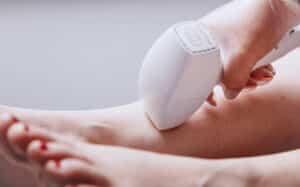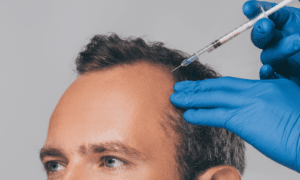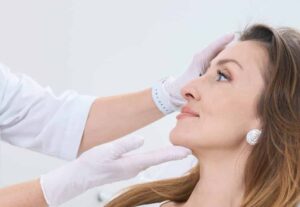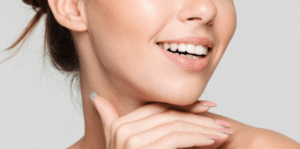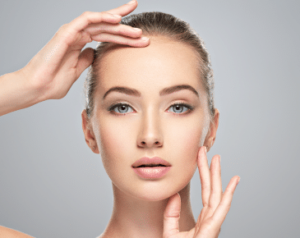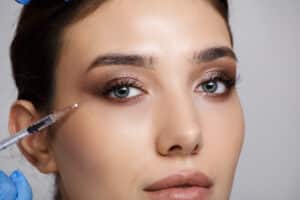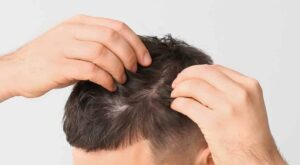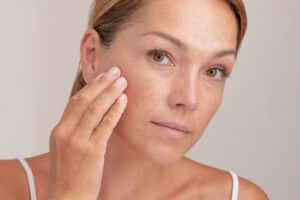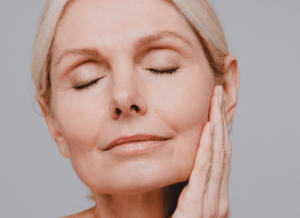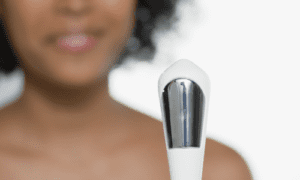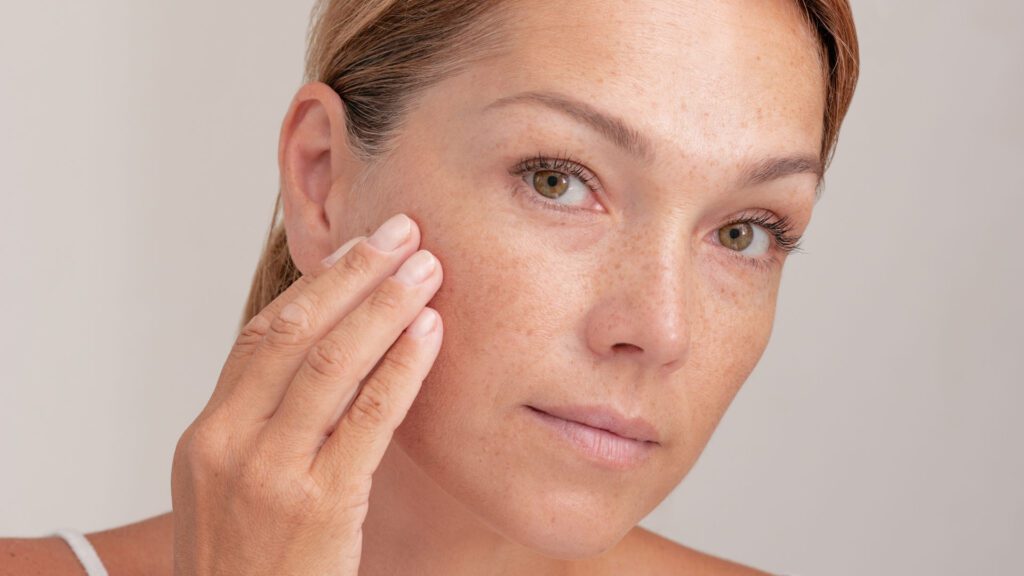We all have that one concern with our skin that drives us bonkers! Personally, I have worked on my pigmentation for 6 years and counting! Now you may be wondering, “what the hell is taking you so long for addressing it??”
In order for me to explain my brightening journey, I’ll need to dive into the various types of pigmentation and how to properly address each one with products and treatments.
PIH (Post Inflammatory Hyperpigmentation)
Ah, the lovely PIH. You know when you get a breakout and whether you touch it or not, you’re left with a reddish pigment spot? Yeah, it’s one of the most annoying to deal with especially if you’re acne prone. If you’re blessed in the sense where you don’t have that to worry about, then good for you. No, just kidding, but really, good for you because it’s one less thing to have to worry about. The good thing is about this type of pigment is that it does go away. It may not be as quickly as when we were in our teens, but it does go away on its own. There are other ways of receiving PIH like burns and friction, even ripping the skin when healing from a chemical peel. So be sure to resist temptation when healing from intensive treatments and follow your provider’s protocols!
If you’re wanting to speed up your brightening here are a few ways you can do so:
Products: Hydroquinone, Retinol, Lytera 2.0, TNS Essential Serum, Pro-Heal Serum, Active Serum, and White Lightening Serum and/or Complex, and Extreme Protect SPF 30
Treatments: Chemical Peels, Micro-Needling, HydraFacial with Brightalive or Britenol Booster, Laser Genesis, and PicoSure Laser
Freckles
You know what I love about living? You truly do learn something new every day. Did you know that freckles are also called Ephelides and are the most common form of pigmentation? Freckles are finally considered “cute”, which is quite ridiculous in my opinion since heredity has a big influence and naturally appear darker during sunny days and will fade during the colder months.
Some people now have ‘freckles envy’ and are microblading little baby dots all over the face and I gotta say, I’m so here for it. Just be careful though, you can’t do laser as it will affect the color and we won’t want your dots turning blue or green which cannot go away with Tattoo Removal as it’s a different type of ink that is used.
Some don’t always want their Ephelides and that’s perfectly okay because our patient’s happiness always comes first and the way to brighten them is actually the same protocol as if you were treating PIH or regular pigment.
Melasma
This pigmentation is a beast of a medical condition. It is the hardest to treat and to maintain. Your lifestyle and even the way you eat can seriously alter the way you handle Melasma or Chloasma due to it being deeper in the dermis, so it’s not so superficial to treat. Most commonly seen in women, hormones is the biggest culprit. Other causes can be pregnancy, stress (cortisol level spiking), various medications, excessive levels of copper and lower levels of zinc, and the biggest cause other than hormones, is SUN EXPOSURE.
Typically you’ll see symmetrical patterns on the forehead, cheeks and upper lip. When you do decide to treat this condition, again, you HAVE to make lifestyle changes and follow your provider’s recommendations to the ‘T’. Ideally we like to put our patients on Hydroquinone for 1 month prior to treating. After your month is over, we will put you on a customizable product and treatment game plan. Every patient is different so the type of plan can vary from doing a series of Perfect Derma Peels, PicoSure Laser, etc!
Know this, if you suffer from Melasma, you will always have this condition. You can get to a point where you are maintaining, but if there are flare-ups, it’s time to come back in to reassess and get you on a new plan!
Solar Lentigines
This is just a fancy way of saying that you have pigmentation from being unprotected while playing in the sun. Other names that you may hear are ‘liver spots’ or ‘sun spots’. The first 18 years of your life you have already accumulated 33% of your sun damage. I like to explain that we have a storage box, and as we bask in all of the sun’s glory, we are filling it up slowly but surely. But what happens if we don’t treat it? The box overflows and pigment start to form on the face and as we age it gets more and more prominent. Most of the time, we as patients, will look at the mirror one and wonder what the hell happened and where did this pigment come from? This is why treating this pigmentation needs to start right away and be a lifelong commitment.
Going back to the question earlier of why it’s taking me so long to address it. I’m 28, and if I had already stored 33% of my pigmentation at 18, then that number has either doubled or more! So if you think about it, it’s not going to take a month to address your whole entire life’s worth of damage! As we treat pigmentation on the surface layers of our skin, we exfoliate and remove the dead skin. This process will brighten all while improving our texture. We keep repeating this process daily with our products, weekly with HydraFacials, and monthly with more intensive treatments like Chemical Peels and Lasers.
I know it sounds overwhelming, but think of it like going to the gym. You apply yourself, and dedicate the time, and you’ll see the reward. It’s been 6 years of maintenance and I can confidently say that my skin is the best it has ever been and will continue to get better.
We are always here to help, and we have treatments that can speed up your skin goals! We’d love to hear from you and get you in to start your journey whether it’s for melasma, freckles, or any pigmentation concern.
